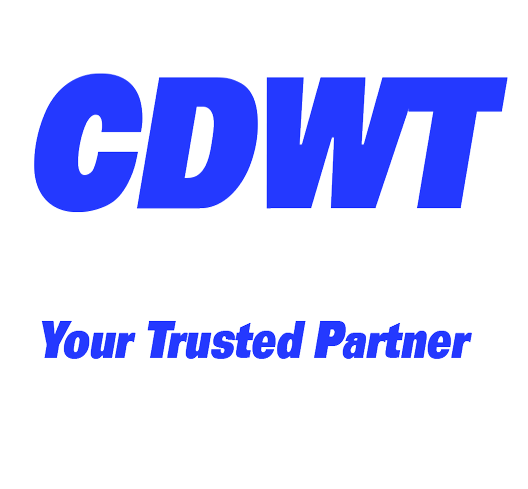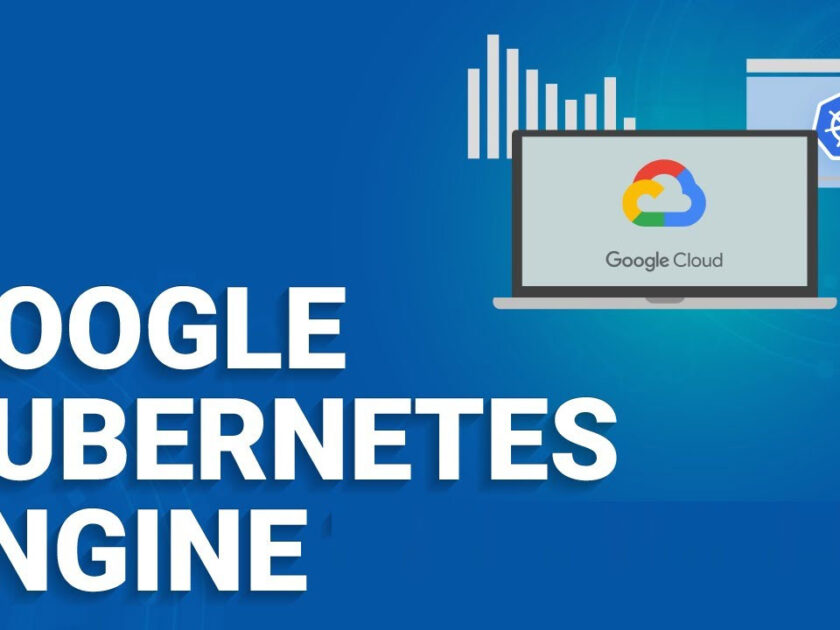Computing Anywhere and Everywhere: Containerization and Microservices: Their Magic
Globally, businesses across all industry verticals are focused on improving the dependability of their business services, accelerating innovation at a lower TCO, enhancing the customer experience with greater application dependency, and accelerating the velocity of their developers and operations staff. However, many of these companies likely do not know or are not fully aware of how this may be accomplished. Infrastructure and application modernization are the primary aspects that might give prospective advantages such as consistent deployments, environment standardisation, control and compliance, and the ability to bring new goods and services to market more quickly. The cloud-native methodology offers quick application development and works with CI/CD tools to accelerate the build-to-deployment process.
GKE revolutionises the application development and deployment processes by facilitating the deployment, management, and scaling of containerized applications. With GKE’s inherent capabilities and CDWT’s managed services, you can build, manage, and expand Kubernetes clusters with ease to run containerized applications in the cloud. Realize end-to-end automation of business application lifecycles, releasing increased performance agility, architectural freedom, inventive results, and continuous work flow. Transform and transfer the functions of corporate IT computing demands and assets to anyplace and at any time.
The Fundamentals of Google Kubernetes Engine (GKE)
Hybrid Networking
It reserves IP addresses for your cluster and enables coexistence of cluster IP addresses over Google Cloud VPN.
Cluster Options
The clusters may be tailored to the workloads' version stability, pod traffic, availability, and isolation requirements.
Auto Repair
If a node's health check fails, GKE initiates the repair procedure for that node.
Auto Upgrade
It automatically maintains the cluster's compatibility with each new Kubernetes version release.
A Glance at the Modernization of the Industry on GKE
Kubernetes acts as a middleware: It is positioned between applications and infrastructure. It allows operators and developers to concentrate on application management by hiding the underlying virtual and physical resources.
1400+ businesses using this technology: This list includes over 1400 contributors, including Red Hat, Google, and Microsoft. Alibaba and Amazon have recently become some of the largest corporations that employ this technology.
It is a simple approach to expand enormous workloads without having to worry about performance or the underlying infrastructure. To do this, the nodes are periodically destroyed and recreated.
Prior to the first three years, it was seen as the option for web-scale businesses. However, it has now entered the enterprise data sector.
Kubernetes itself has a method for automated load balancing: Kubernetes itself provides an autonomous load balancing mechanism based on the services to balance the load. Additionally, there is an ingress controller that provides load balancing by DNS path and name.
22% of Google Kubernetes Engine (GKE) customers (with less than 50 employees) are small enterprises, 36% are medium-sized organisations, and 39% are big businesses (with more than 1000 employees).
Challenges
Advanced Threat Analytics
Due to its complexity and susceptibility, security is one of Kubernetes' greatest challenges. If not properly monitored, it can obstruct identifying vulnerabilities
1. Accelerate App Development Without Compromising Security:
Continuous integration and continuous deployment solutions accelerate the development process automatically. Utilizing Kubernetes-native CI/CD tools secures and accelerates each phase of the create-and-deploy lifecycle.
Traditional networking techniques are not particularly compatible with Kubernetes. As a consequence, the scope of your deployment increases the obstacles you confront. Complexity and multi-tenancy are two of the issue areas.
2. Release Channels for Operations Streamlining:
With GKE, you can select a release channel that best suits your business requirements. It provides faster and stable channels having the option of node upgrades. Additionally, you can align support levels with channel nature.
As with networking, interoperability can be a significant Kubernetes issue. When enabling interoperable cloud-native applications on Kubernetes, app-to-app communication can be challenging.
3. Google Site Reliability Engineers for Monitoring Clusters:
You can examine your cluster, storage resources, and computing networks using Google SREs. It offers built-in integrations for rapid incident resolution.
Storage is an issue with Kubernetes for larger organisations, especially organisations with on-premises servers. One of the reasons is that they manage their entire storage infrastructure without relying on cloud resources. This can lead to vulnerabilities and memory crises.
4. Access Several Storage Options:
GKE provides numerous storage options that can be utilised throughout the development life cycle. The options vary in terms of usability and adaptability. GKE has storage abstractions used for providing storage to clusters.
Going a Step Beyond: Intelligent Managed Google Kubernetes Services by CDWT
CDWT supports CI/CD pipelines using Cloud Build in order to deploy containers to a GKE cluster (s).
CDWT provides Service Level Objectives (SLO) for microservices architecture-based applications running on GKE and configures SLO metrics to generate Observability Dashboards.
CDWT checks the health state of services utilising Google Cloud Monitoring's metrics and platform, as well as Cloud Logging for application log management.
CDWT enables binary authorisation for trustworthy container deployment, where successful kritis-signer based signature validation leads to container deployment on GKE clusters.
CDWT additionally implements a break-glass policy to manage exceptions for any Binary authorization-blocked containers.
CDWT configures Anthos service mesh for GKE clusters in order to monitor, secure, and govern the traffic flow between microservices running on GKE clusters.
CDWT enables MTLS certificate issuance at scale via the Mesh CA (Certificate Authority) and combines the Identity-Aware Proxy (IAP) to access the microservices in accordance with Google's BeyondCorp zero-trust model principles.
CDWT incorporates standards and best practises, tools, Service Level Indicators (SLI), Service Level Objectives (SLO), and error budget tracking to manage risks for microservices running on GKE/Anthos clusters.




